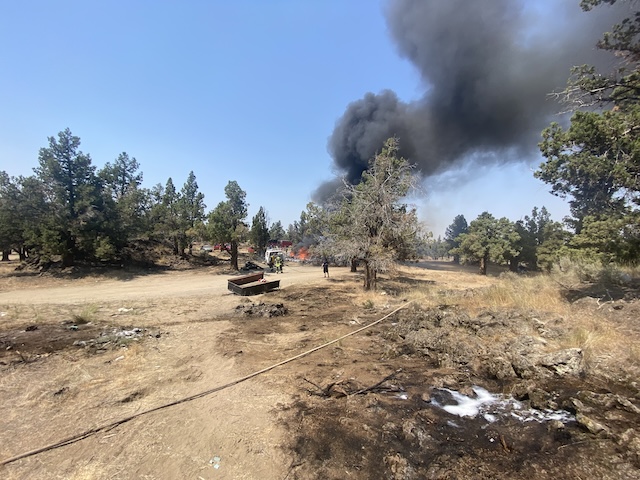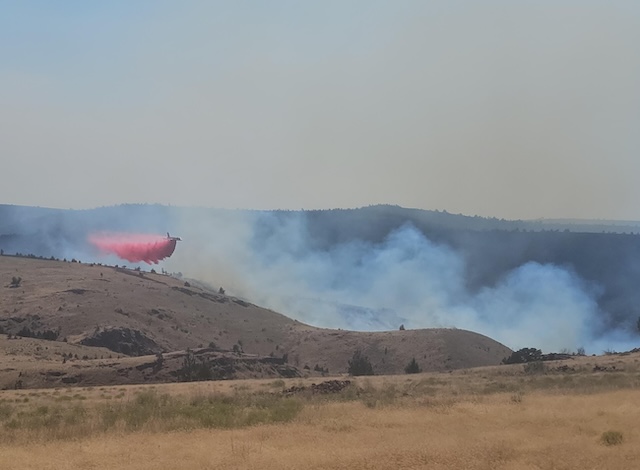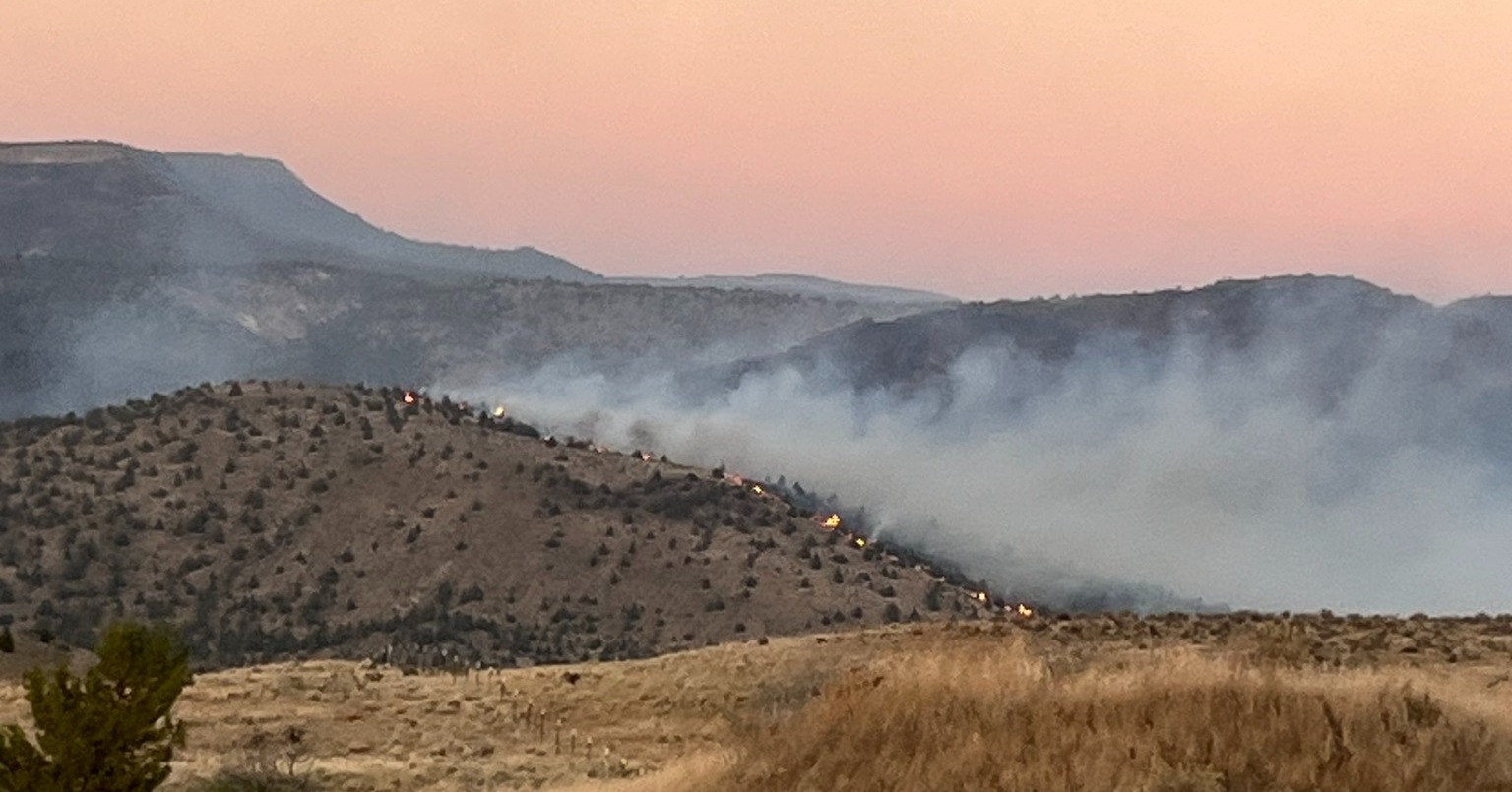not for web
Published 9:00 pm Tuesday, July 30, 2024

- Porter
Mexico’s War on Drugs started back in 2006, when, just a few days after taking office, President Felipe Calderón dispatched army troops to take on the drug cartels in his home state of Michoacán.
Multiple kingpins have been captured since then, including “El Vicentillo,” eldest son of the Sinaloa cartel boss “El Mayo” Zambada, extradited to the United States in 2010; Alfredo Beltrán Leyva, one of the founders of the Beltrán Leyva cartel, extradited in 2014; and his lieutenant “La Barbie,” extradited in 2015. Sinaloa’s other top dog, “El Chapo” Guzmán, was extradited in 2017. His son Ovidio followed him into U.S. custody last year.
Trending
Over this period, the Mexican government’s strategy has evolved, from shooting traffickers to “hugging them” (addressing the “root causes” of crime through education, jobs and other programs in the hope that Mexico’s youth will reject the narco life).
Meanwhile, organized crime has reorganized, reshaped by violence as well as by profound economic forces. All four Beltrán Leyva brothers have been arrested or killed, and their cartel has splintered. The Cartel Jalisco Nueva Generación, which the Drug Enforcement Administration highlights as one of the two main threats to the United States alongside Sinaloa, didn’t even exist in 2006. Nor did fentanyl.
What has remained pretty much constant, impervious to all this instability, is America’s robust demand for illicit drugs underpinning a big, lucrative consumer market.
In 2022, 17.4 percent of 19-to-30-year-olds admitted to using a drug other than marijuana in the preceding 12 months, according to the Monitoring the Future survey from the University of Michigan. This is exactly the same share as in 2006. Among 35-to-50-year-olds the share rose to 11.9 percent from 11.7 percent in 2008, the first year the project surveyed this cohort.
Despite all the firepower directed against the supply side, this demand is being met. In 2021, the wholesale price of cocaine in the United States was 15 percent less than it was in 2006 after accounting for inflation, according to the United Nations. The wholesale heroin price fell by one-third between 2006 and 2018. This is not what one would expect of a commodity that is becoming harder to procure or distribute.
And the incalculable violence inflicted on the Mexican people rages unabated. There were more than 22,000 homicides in Mexico in 2012, up from more than 12,000 when Calderón started his war on drugs in 2006. By 2018, the end of the administration of President Enrique Peña Nieto, the figure had increased to 34,000. And the trend so far suggests over 30,000 Mexicans will be killed this year, the last of the administration of Andrés Manuel López Obrador.
Trending
Last week, another really big kingpin was captured. According to the latest, somewhat confusing reports, “El Mayo” — El Chapo’s longtime partner in crime at the top of the Sinaloa cartel, until now the most elusive of Mexico’s narcos — was forced onto a plane that delivered him to DEA and FBI agents awaiting at a small airstrip in El Paso.
This is no small thing. The Sinaloa cartel has been not only one of the main purveyors of fentanyl to the U.S. market but a key supplier of illicit drugs around the world. El Mayo’s capture will reconfigure the illegal drug economy. Moreover, he was apparently delivered to U.S. authorities by Joaquín Guzmán López, another of El Chapo’s children, who — U.S. officials say — trapped him and forced him onto the plane.
Guzmán López’s motivations remain murky. Talk is that he is angling to negotiate a good deal with U.S. authorities, both for himself and his jailed brother Ovidio. In any event, this is the kind of thing that, in the past, has ignited bloody internecine wars that end up killing lots and lots of people before a new equilibrium is achieved.
Even if Sinaloa’s factions refrain from tearing each other apart, the odds are pretty good that the Cartel Jalisco Nueva Generación will smell the blood in the water and swoop in to claim some of Sinaloa’s turf.
A few years ago, the renowned Mexican newspaperman Julio Scherer García was summoned by El Mayo for a meeting in some mountain redoubt to expound on his views on the world. The drug kingpin posed a rhetorical question: What if he turned himself in and was killed by a firing squad? “I’m shot and euphoria breaks out,” he said. “But in a few days we start figuring out that nothing changed.”
This is likely, once again, to prove true. The War on Drugs is a pointless, bloody approach to the nation’s epidemic of substance abuse. If anything, it exacerbates the crisis, encouraging traffickers to keep upgrading to cheaper, more powerful narcotics with which to lock vulnerable Americans into addiction.
One might hope that fentanyl, which can be confectioned on the cheap at a makeshift lab anywhere from raw materials made in China or India or somewhere else, would focus minds on the implausibility of Washington’s delusion that it can stop the drug trade by jailing the suppliers. The drugs arriving in the United States serve a big, lucrative and dynamic consumer market. As long as that market exists, it will be served, whether El Mayo is there to serve it or not.








